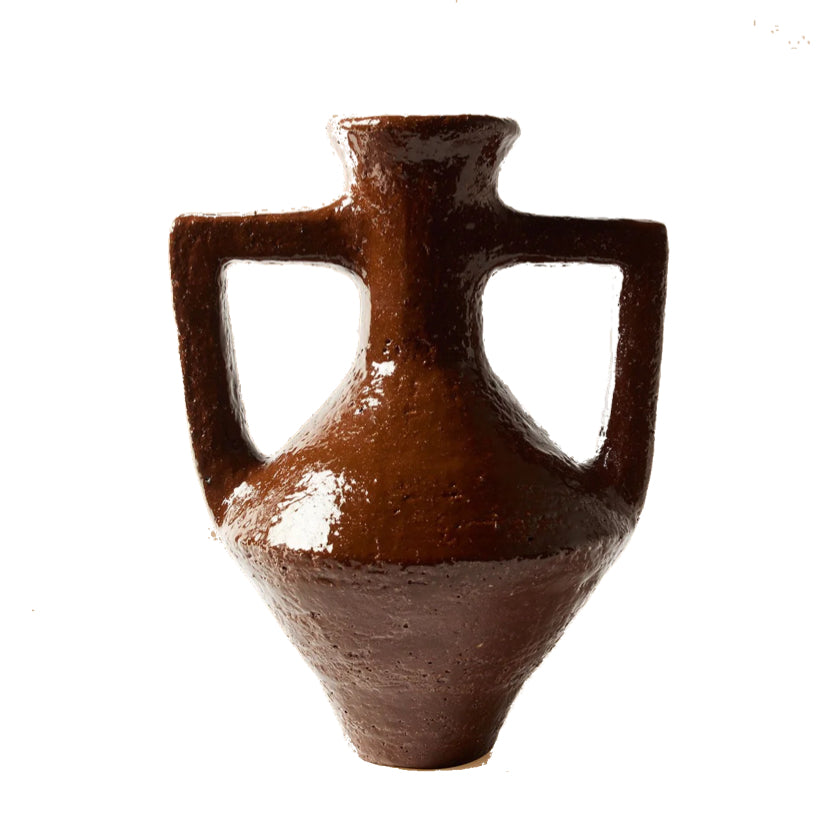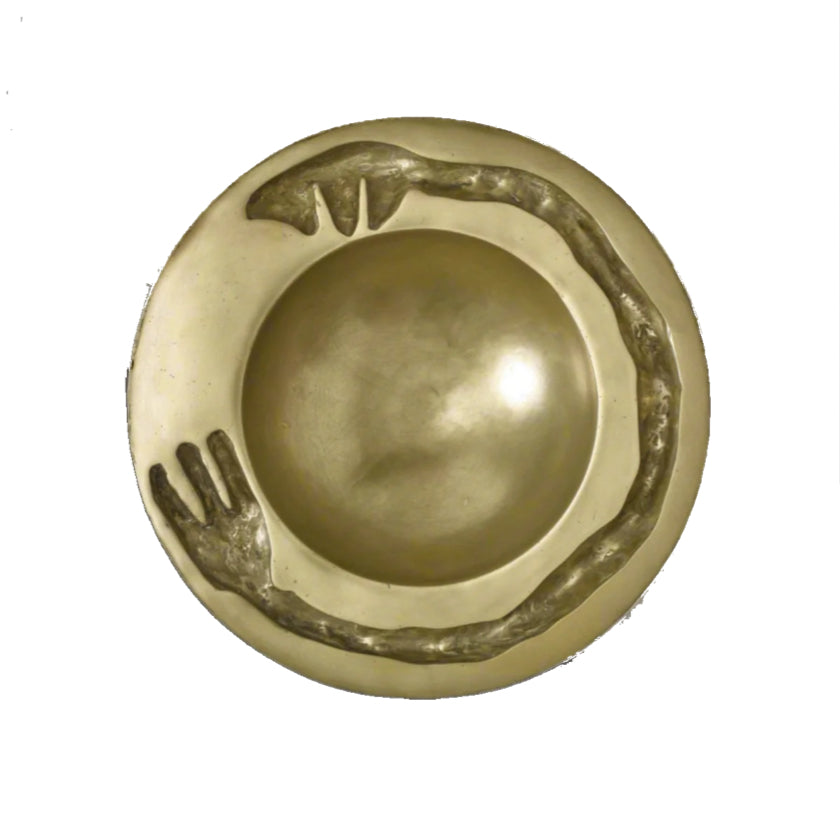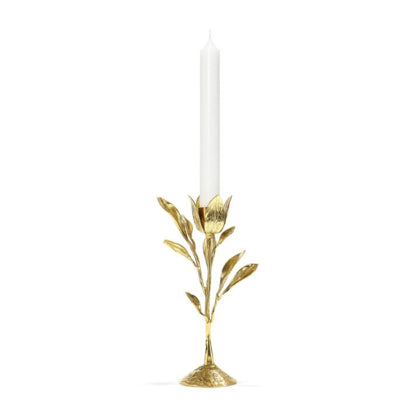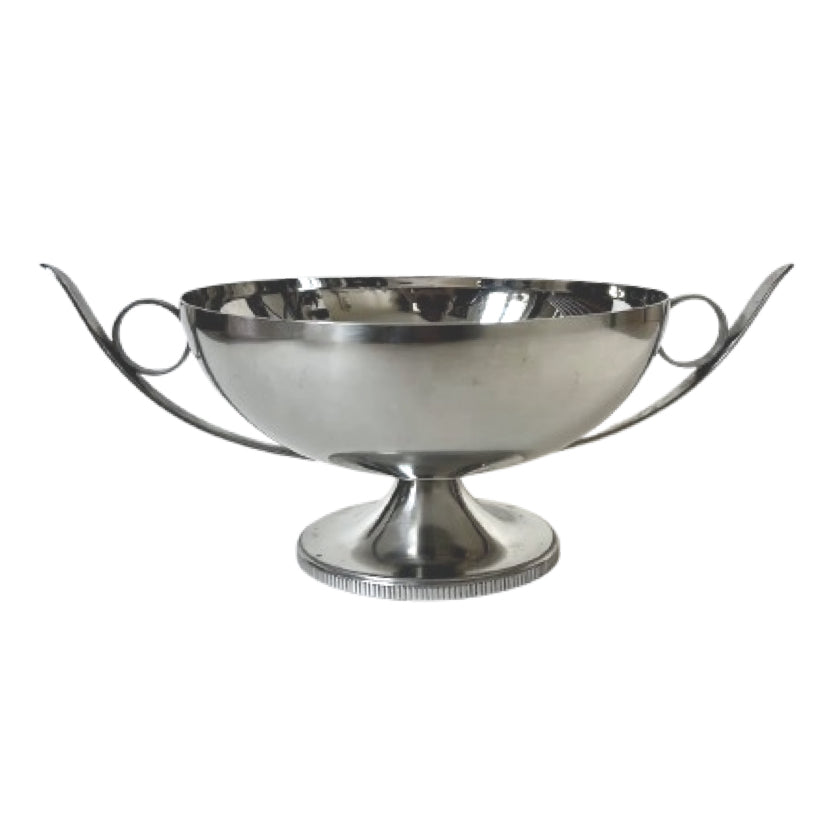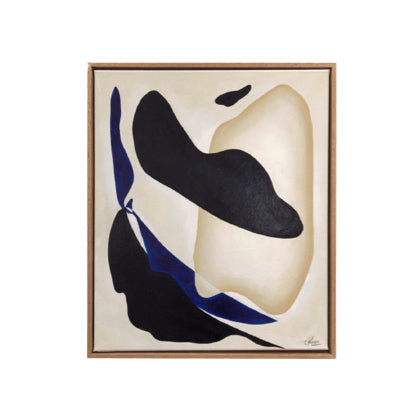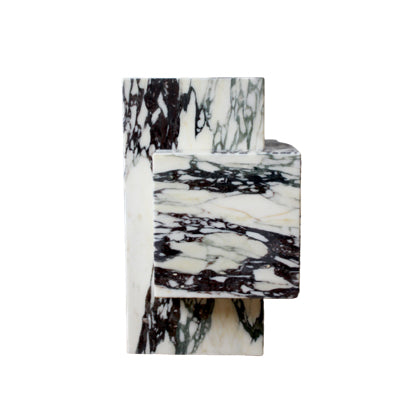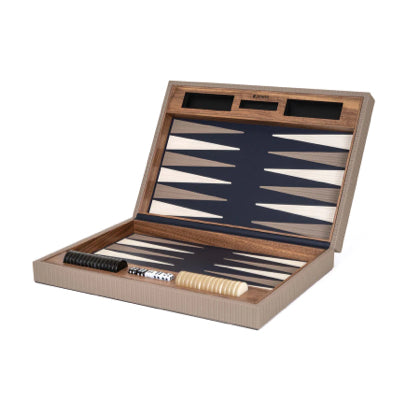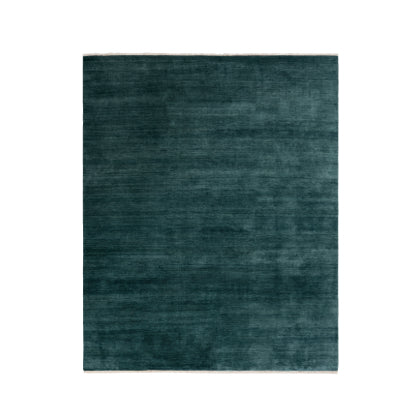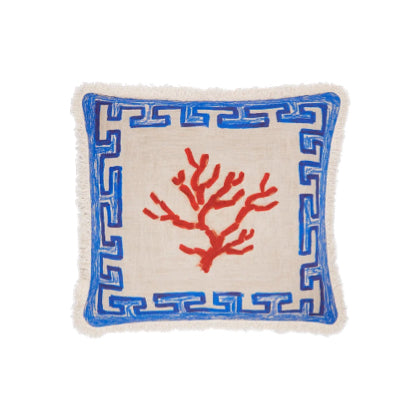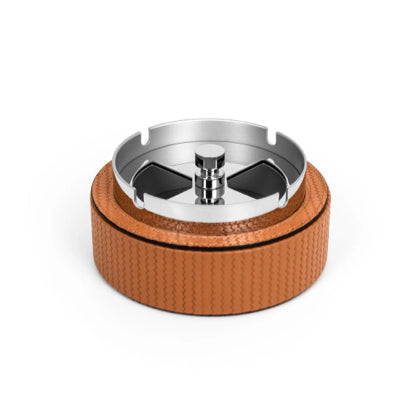Mid century kitchen table
The Allure of the Mid Century Kitchen Table
At the heart of our curation philosophy lies a deep appreciation for the aesthetics and functionality of mid century design, particularly in our mid century modern furniture. The mid century kitchen table is not merely a piece of furniture; it embodies a lifestyle that celebrates simplicity, elegance, and craftsmanship.
The selection process involves a keen eye for detail and a commitment to quality. We believe that a kitchen table should serve as the centerpiece of family gatherings, offering a space for connection and conversation. Each piece is sourced with the intention of highlighting the craftsmanship, ensuring that you receive not just a table, but a piece of history that enhances your home. With options ranging from round to expandable designs, our collection is versatile enough to suit various dining preferences and spaces.
In addition to aesthetics, we are mindful of the durability and practicality of each table. A well-made mid century kitchen table should withstand the test of time, both in style and function. This philosophy drives our commitment to curating pieces that not only look beautiful but also serve your needs in everyday life. By choosing our collection, you are investing in a legacy that will bring warmth and joy to your home for years to come.
The evolution of dining spaces throughout history reflects the changing social dynamics and design trends of the times. In the mid-20th century, the kitchen became a central gathering space for families, with dining tables serving as a focal point for meals and conversations. This period saw a rise in the popularity of clean lines, organic shapes, and functional designs, which were emblematic of the modernist movement. Dining tables from this era often featured materials such as teak and walnut, showcasing craftsmanship that emphasized simplicity and elegance. These design characteristics not only added aesthetic value but also created an inviting atmosphere for dining.
Cultural significance also played a key role in the design of dining tables during this time. The post-war era brought about a sense of optimism and the desire for connection, leading to the creation of round and expandable tables that encouraged togetherness. Families sought to gather around their dining tables for meals that symbolized unity and shared experiences. The ability to expand a table for guests illustrated the importance of hospitality in this era, making dining an event rather than a routine. These tables became a canvas for cherished moments, from holiday feasts to casual brunches, highlighting their role in shaping family traditions.
Round tables have an inherent charm that enhances the dining experience. Their shape naturally invites conversation, creating a more intimate atmosphere compared to traditional rectangular options. This design promotes interaction, allowing everyone seated to engage with one another easily. Whether you're hosting a family dinner or a casual gathering with friends, a round table fosters a sense of unity, making everyone feel included. Additionally, many round tables come with expandable features, providing versatility for different occasions. You can effortlessly adapt the size to accommodate extra guests, ensuring that your dining area remains functional and stylish.
When styling with a round table, consider the surrounding decor to create a cohesive look. Pairing it with complementary chairs can enhance the overall aesthetic, whether you opt for sleek modern designs or warm, rustic finishes. Don't shy away from centerpieces; a well-chosen arrangement can serve as a focal point, drawing attention to the table's unique shape. Soft textures, such as table linens or woven placemats, can also add warmth and character. Additionally, using lighting strategically, like pendant lights above the table, can further highlight its round beauty, making it a captivating centerpiece in your dining space.

